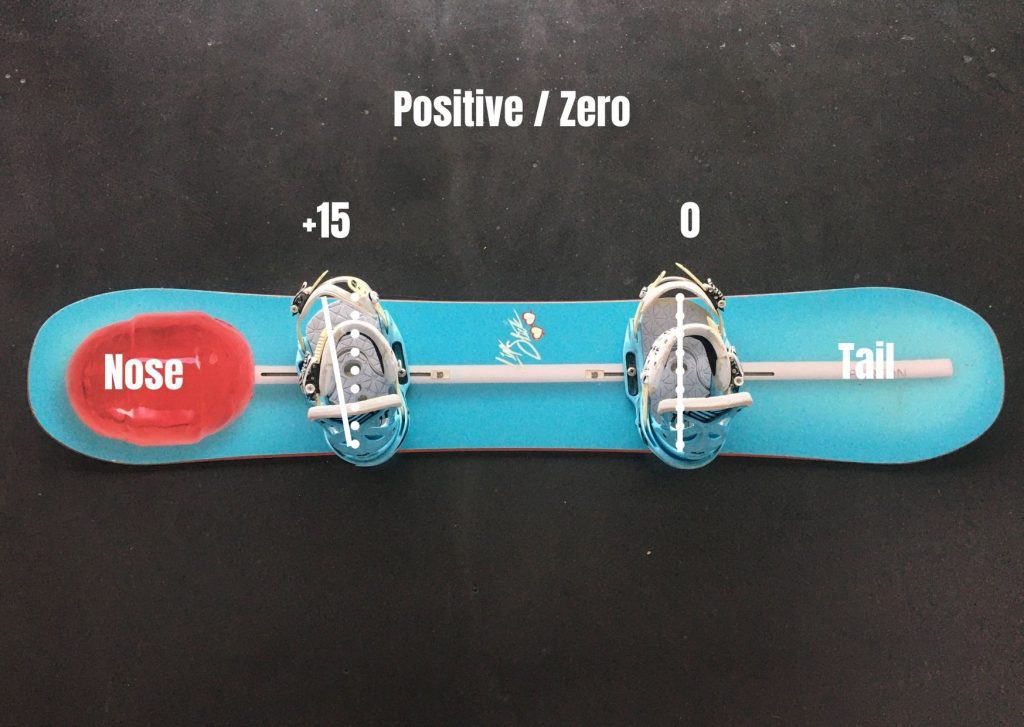

Fine-tuning your stance takes several trial runs pay attention to your performance and adjust accordingly. Narrow stance – less stability, easier turn transitionsĭon’t be scared to tweak your bindings.Wider stance – more balance and stability, harder turn transitions.How wide or narrow your setup, affect your control of the board, and you will notice even the smallest changes that you make, so toy with your stance width in small increments. Still, you can lose some balance in rougher terrain or deep powder. Not sure what an Ollie is? Watch this video.Ĭonversely, a narrow stance allows for a tighter carve. It allows you to go faster when leaning on your front foot.Īlso, having your back foot farther back, when doing tricks like ollies, lets you pop higher with more control, and it seems that it makes spinning on the ground more fluid. Wide vs narrow snowboard stanceĪ wider stance creates a more stable and balanced riding experience. The best stance width is whatever feels most natural and comfortable. For best results, use your measurements, set it up, and then see how it feels. A snowboard stance width calculator can help you, but only for a starting reference. Since everyone is built differently and has diverse snowboarding styles, it’s challenging to make an exact calculation of how wide your feet should be.

Should I use a Snowboard Stance Width Chart? You’ll definitely know when you’ve gone too far for your comfort level. Now, if you decide to go wider, push your stance out by 1/2 inch increments each time you ride and see what changes you feel. The number should be marginally larger than the width from shoulder to shoulder. To find your general stance width, start by measuring the length up from your heel to the center of the kneecap. Snowboard stance width is measured from the center of the front binding mounting disk to the center of the back binding mounting disk. In comparison, freeriders often widen their stance, helping them stay low for improved steadiness in deeper powder.

This may drive you to experiment with your width based on your style of riding, for comfort, or the terrain.įreestyle riders that spend most of their time performing tricks or jumps often set their bindings closer, making it easier to stay centered, hold turns and to keep spins tight. Now, if you’ve selected the correct board for your height, the starting stance width should be close to the distance between the default holes on the snowboard.Īs you build more confidence, you will realize that stance width is a matter of personal choice. If you’re a novice, a good place to start is to have your feet closer to shoulder-width apart. Depending on your height, the width should be approximately the distance from the center of the kneecap to the floor or roughly 1 inch more than the width of your shoulders. Stance width is the distance between the centers of your bindings and determines how far apart your boots are when you’re strapped in. Let’s start by defining what snowboard stance width is.


 0 kommentar(er)
0 kommentar(er)
